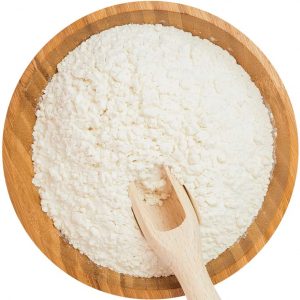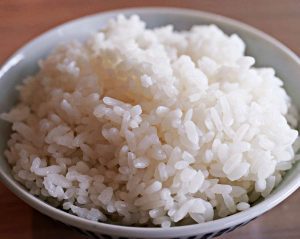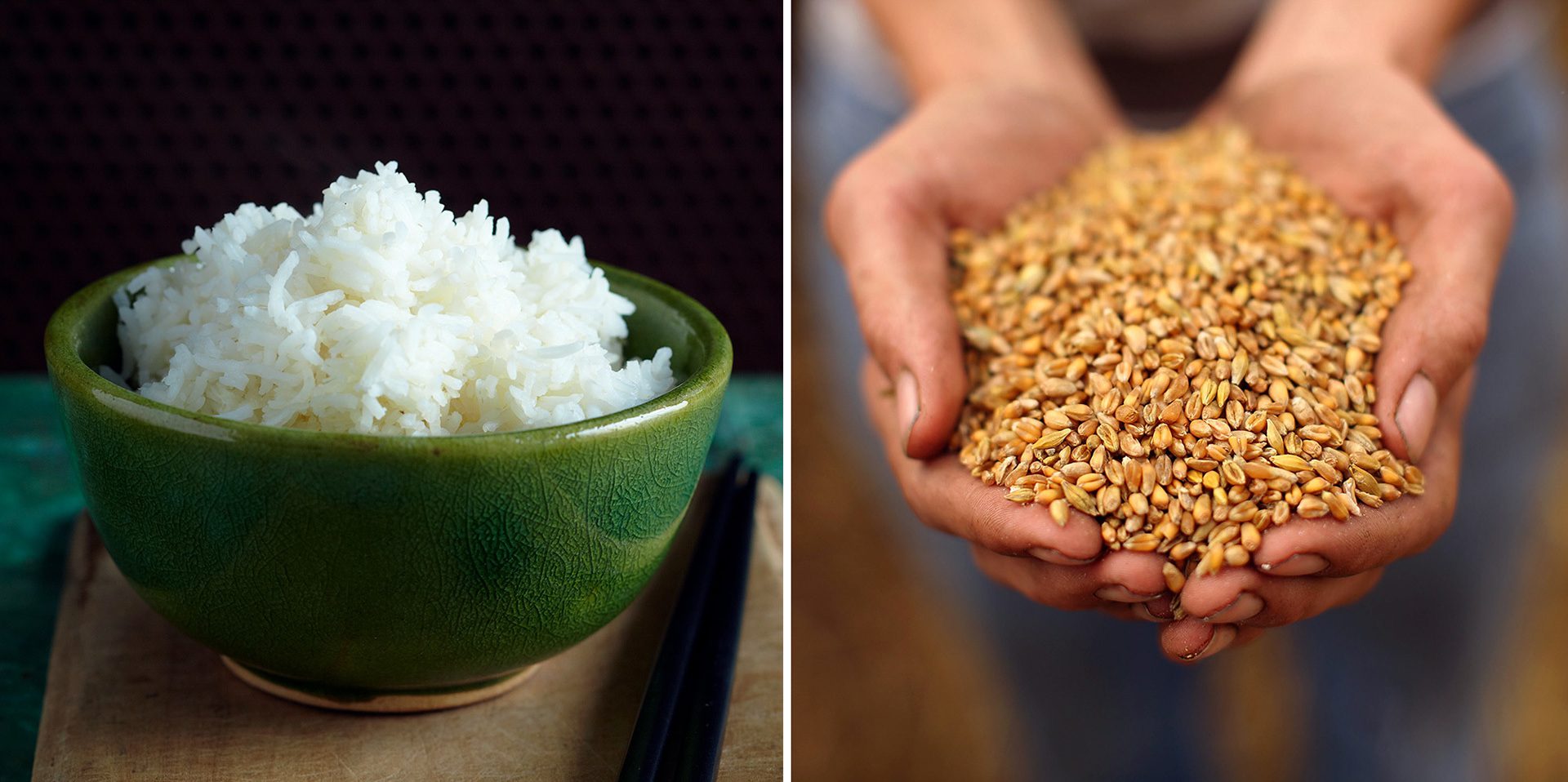The Open Magazine
Delicious Keto Recipes for a healthy lifestyle
Rice vs Wheat Nutrition Chart, What’s the difference between wheat & rice when it comes to nutritional value? Check out this chart to easily compare these two grains side-by-side.
WEIGHT LOSS RECIPE: Can We Eat Moong Dal On A Keto Diet? Sprouted Moong Dal Recipe
Rice and wheat are two of the world’s most widely consumed grains, providing a significant portion of the daily caloric intake in many countries. But how do these two grains stack up when it comes to nutritional value? Here is a comparison chart to help you easily understand the differences between rice and wheat.
Compare carbohydrates and calories:
1 Rice and wheat both contain high levels of carbohydrates, though the carbohydrate content varies depending on the type and variety.
2 White rice contains more carbohydrates than brown rice while whole wheat has more than refined wheat.
3 When it comes to calories, one cup of uncooked white rice contains roughly 206 calories, while a cup of uncooked whole-wheat has around 615 – almost three times as much!
Evaluate protein, fibre, and fat content: rice vs wheat nutrition chart
1 Both grains also vary when it comes to their protein content, fibre content, and fat content.
2 White rice is higher in protein compared to wheat, whereas whole wheat contains more fibre than white rice.
3 The fat content of both grains is relatively low, though wheat may contain slightly more depending on the variety.
4 Ultimately, the nutritional value of both grains can depend on how they are cooked as well as any added ingredients such as butter or Oil’ – so it’s important to evaluate these factors before making a choice when preparing meals.


Study vitamins, minerals, and antioxidants:
1 When examining the nutritional value of wheat and rice, It’s important to consider how each grain is rich in different vitamins, minerals, and antioxidants.
2 Wheat is a great source of iron, zinc, magnesium, selenium and B vitamins, while white rice provides essential minerals like calcium, iron, folate, magnesium and phosphorus.
3 If you are looking for additional micronutrients such as antioxidants, brown rice contains more carotenoids than its white counterpart – making it a better option for those seeking an antioxidant boost.
Examine sodium and added sugar levels:
1 It’s also important to examine sodium and added sugar levels when comparing wheat and rice.
2 While white rice is typically lower in sodium than wheat, both are sources of sodium that should be monitored.
3 As for sugar, both white and brown rice are naturally free from added sugars; however, some pre-seasoned, parboiled and flavoured varieties might contain additional sweeteners.
4 Be sure to double-check the nutrition label and choose products with no or only a moderate amount of added sugars.
Identify nutritional differences between grains and foods made with them:
The comparison chart we provide allows you to quickly identify the differences between white and Brown Rice, as well as wheat products. You can easily see the basics, including calories, fat, cholesterol, sodium, protein and fibre from one glance.
Additionally, look at the carbohydrates and other nutrients listed on each food’s nutrition label to identify differences between grains and foods made with them.
White or brown rice, as well as wheat products, play a major role in the diets of people around the world. By looking at calories, fat, cholesterol and sodium levels listed in our easy-to-read chart you can pick one that fits best with your overall diet plan.
Additionally, your choice affects how much protein, vitamins and minerals such as iron and zinc you will get from each food as well. Making the most informed decision about the types of grain products you choose for your meals helps to ensure your body gets all the essential nutrients it needs and is one step closer to achieving excellent nutrition.
